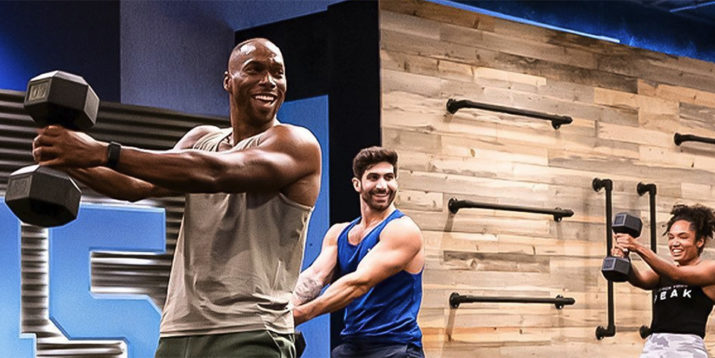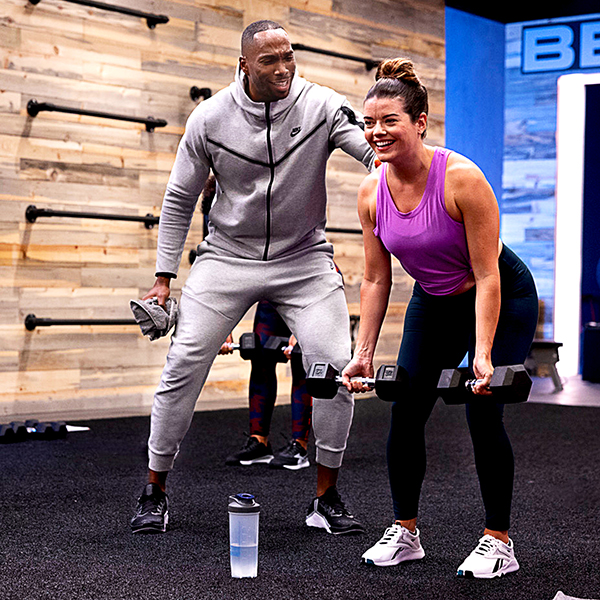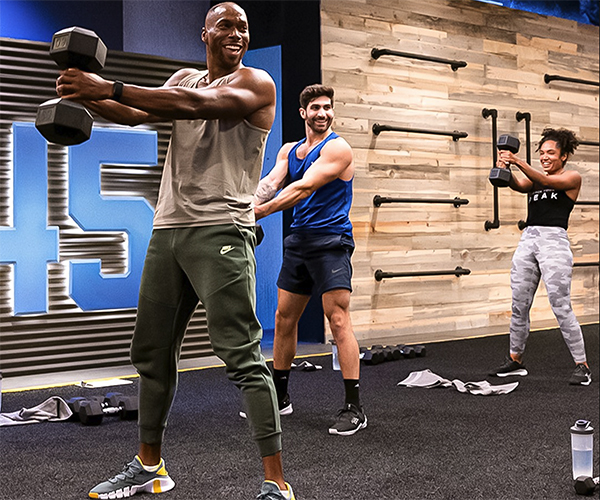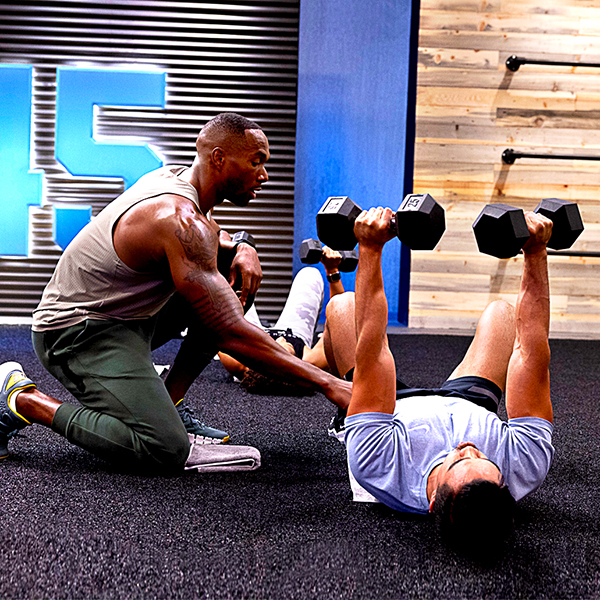How Periodization Training Can Boost Your Results

If you’re not familiar with periodization training, now’s a good time to get acquainted. That’s because all training should be programmed with some form of periodization, which is a strategy for properly advancing from one stage to the next.
It’s a common refrain: Lifting weights every Monday, Wednesday, and Friday and running a couple of times a week paid off for you in the form of an increasingly slimmer profile and smaller waist size — until recently.
Despite your consistency, over the past few weeks you’ve seen your gains start to wane. Indeed, the same workouts that initially worked wonders have now become stale and ineffective.
There’s no way around it — you’ve hit a plateau. The solution?
You need to implement periodization into your training.
What Is Periodization?

Periodization is a strategy for varying a fitness program over time to achieve the desired result, explains Michael Julom, CPT.
“In essence, periodization training is the conscious manipulation of the main four training variables — frequency, intensity, time, and type — in order to optimize recovery, prevent overtraining, and to improve progression and performance,” he says.
The overall program is referred to as a macrocycle, which typically lasts from several months to one year (although it can extend up to four years if you’re an Olympian or Olympic hopeful following a “quadrennial plan”).
Within each macrocycle, there are two or more training blocks or “mesocycles,” each lasting from a couple of weeks to several months and focusing on a specific goal.
“For instance, you could devote a mesocycle to improving your 100-meter sprint, or to strengthening your overhead press, or to increasing your workload capacity,” Julom says.
Each mesocycle is further divided into microcycles that can span a single workout or last up to a couple of weeks.
Periodization Training Methods

There are two primary kinds of periodization training:
- linear
- non-linear (also called undulating periodization)
1. Linear Periodization Training
The more traditional of the two types, linear periodization training follows a gradual increase in intensity and volume.
This means that you lift progressively heavier weights for progressively fewer reps during the course of the macrocycle.
The classic linear training plan involves four mesocycles (or phases).
- The first is the hypertrophy and endurance phase, which focuses on low-to-moderate weight and high volume (6-12 reps per set for hypertrophy, more than 12 for endurance ). The goal of this phase is to build lean mass and muscular endurance.
- The second phase is strength, which builds just that using heavy weights and moderate volume (1-5 reps per set).
- The power phase comes next, and typically light to moderate loads moved with max velocity and low volume (1 – 5 reps, think Olympic lifts and plyometrics).
- Finally, a transition period typically entails either cutting back on training intensity and volume or engaging in “active rest” (i.e., pursuing low-intensity sports or recreational activities) to allow the body to recover before beginning the next macrocycle.
“I generally keep every phase to four weeks,” says physiologist and certified personal trainer Tamara Grand, Ph.D. “That provides enough time to learn the exercises, improve performance, and increase the load before boredom sets in.”
The benefit of following a linear periodization training program is that it allows your muscles to strengthen gradually, reducing the risk of overtraining and burnout.
Trainers often use linear periodization training for beginners, but it’s effective for anyone interested in improving overall fitness.

2. Non-Linear (Undulating) Periodization Training
Non-linear periodization training is another option. This method typically changes the training load and volume on a daily or weekly basis (i.e., from workout to workout).
That’s why it’s also called “undulating periodization training.”
Here’s how a week of workouts might play out using undulating periodization training:
- Week 1: Endurance/hypertrophy with higher volume.
- Week 2: Incorporates different exercise variations for the same endurance/hypertrophy-based training.
- Week 3: Higher load, lower volume training to intensify.
- Week 4: Deload week, where we perform fewer sets of work but keep the load high to decrease the overall workload volume. We are still increasing the intensity but reducing the overall workload volume because of the fewer sets.
In this example:
- Each week is a microcycle.
- Every 4 weeks is a mesocycle. Each mesocycle increases the complexity of the exercises.
- The entire 13-week program is a macrocycle.
Which Periodization Training Method Is Best?
It depends on who you ask. Some research says that linear periodization training is more effective for increasing strength, while undulating periodization training is better for developing muscular endurance.
Other research shows that both periodization training strategies are equally effective for strength and muscle development —especially during the early phases of training.
Try 645 With Amoila Cesar

The only surefire way to reap the benefits of periodization training is to follow a training plan designed by certified fitness experts.
Starting the first Monday of every month are the launches of four new BODi blocks based on periodization. Each features five workouts a week for three weeks followed by an UP Week (which stands for “Unconditional Progress”) to reset and recover.
Periodization training is also built into many BODi programs, including 645, created by BODi Super Trainer Amoila Cesar. This 13-week program utilizes undulating periodization training to build strength, improve mobility, and lose weight.
“This functional program uses periodization to meet you where you currently are and take you to a stronger and more lean physique in a safe and thoughtful manner,” says Cody Braun, CPT.
“Periodization allows you to take a step-by-step approach towards building strength and gaining mobility with thoughtful periods of enhanced recovery,” he adds.
645 purposely alternates between cardio, strength-endurance training, lifting for hypertrophy, mobility work, and power training.
The variety is guaranteed to keep you engaged and to deliver results — without leaving you completely exhausted after every workout.
